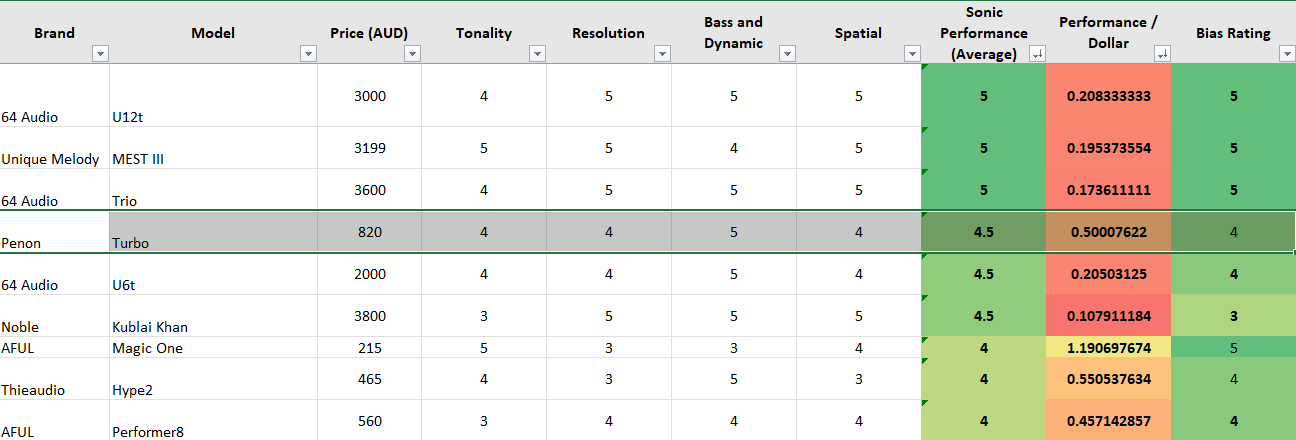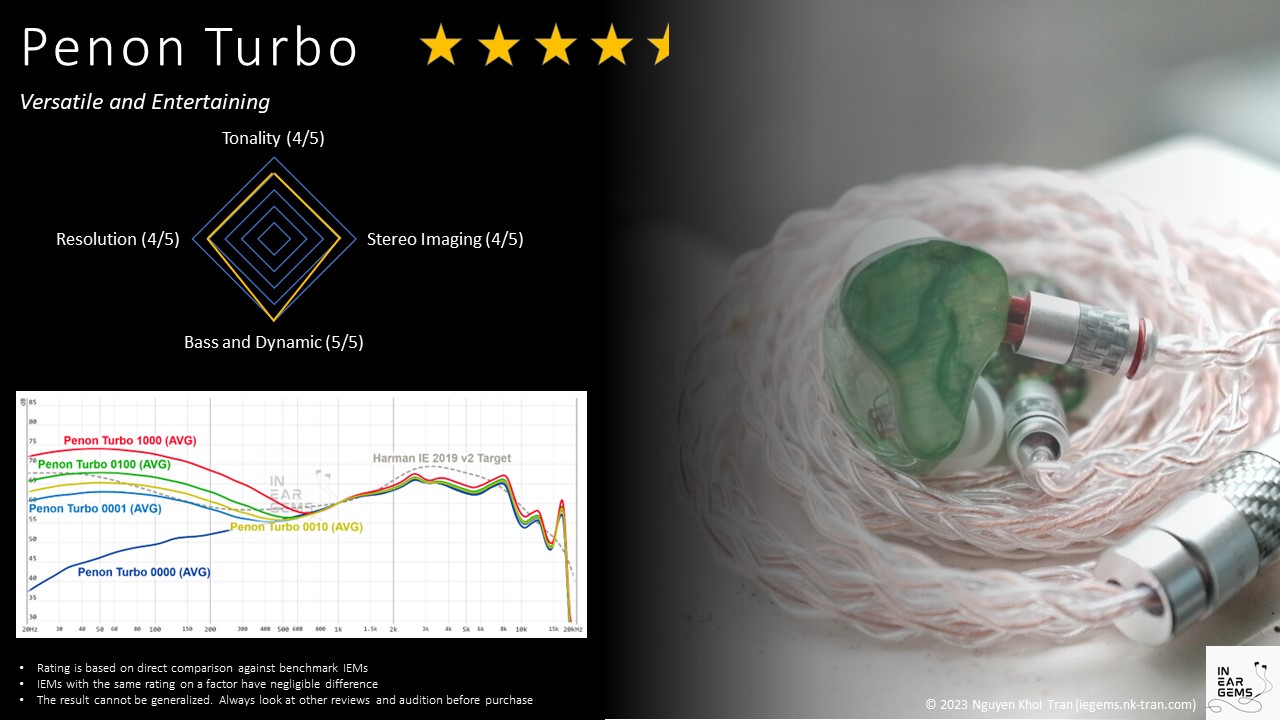Penon Turbo - Versatile and Entertaining
Today, we talk about Turbo, an IEM with 6 Balanced Armature (BA) drivers and 4 tuning switches from the audio retailer and manufacturer Penon.

Forewords
- What I look for in an IEM is immersion. I want to feel the orchestra around me, track individual instruments, and hear all of their textures and details. I’m not picky about tonality, as long as it does not get in the way of immersion.
- I rate IEMs within with a consistent scale from 1 (poor) to 3 (Adequate) to 5 (outstanding). Ratings are assigned by A/B tests against benchmark IEMs, regardless of the retail price.
- Ranking list and measurement database are on my IEM review blog.
- Terms used in my reviews are consistent with the glossary by Headphonesty
- The IEM used in this review was privately sourced. This review is not supported, enabled, or coordinated by Penon in any shape and form.
- The unit retails for $550 at the time this review was published.
Testing setup: Local FLAC files -> iBasso DX300 (stock player app) -> stock cable (4.4mm) -> IEM -> Spinfit CP100 M
Non-sound Aspects
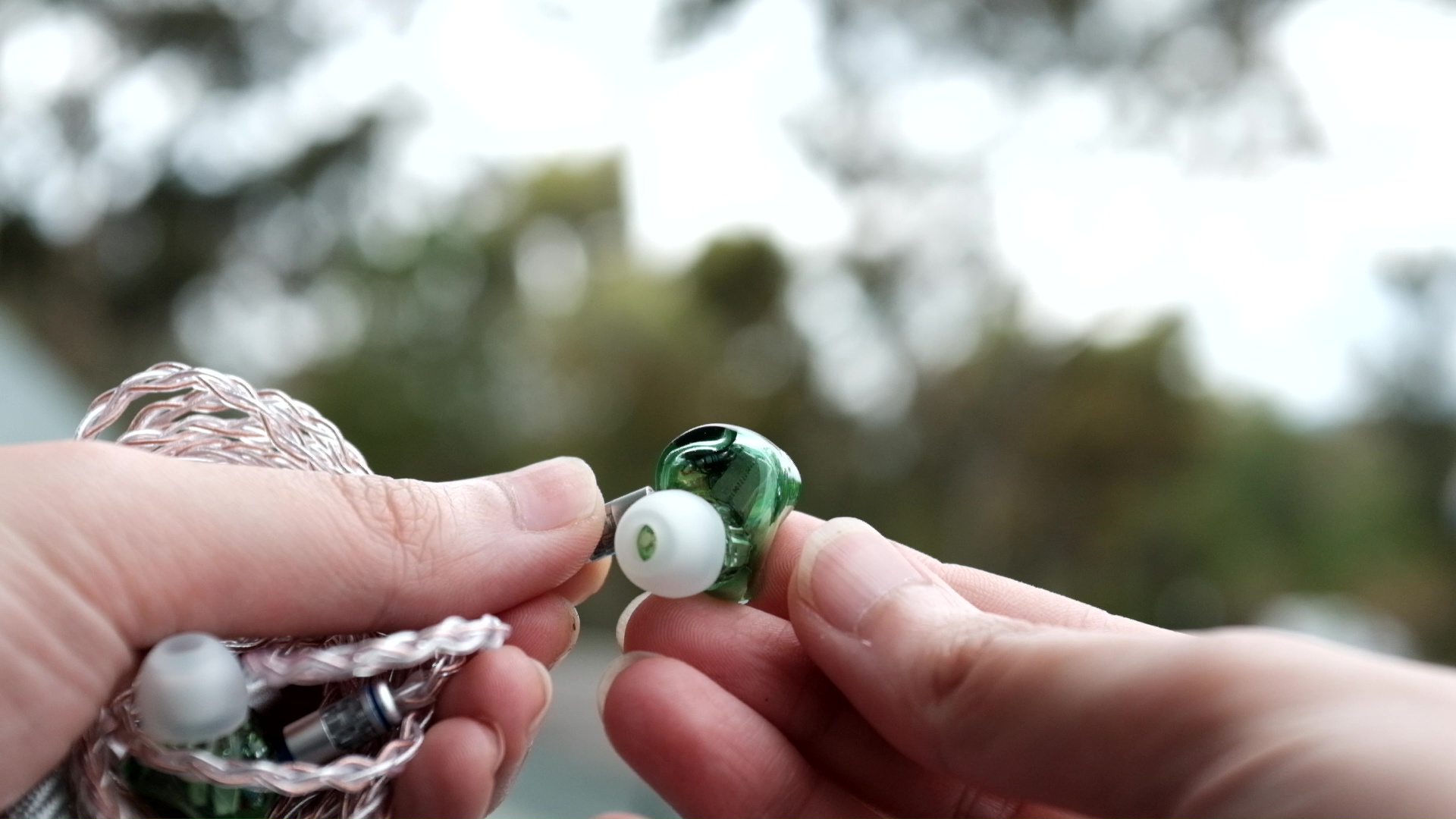
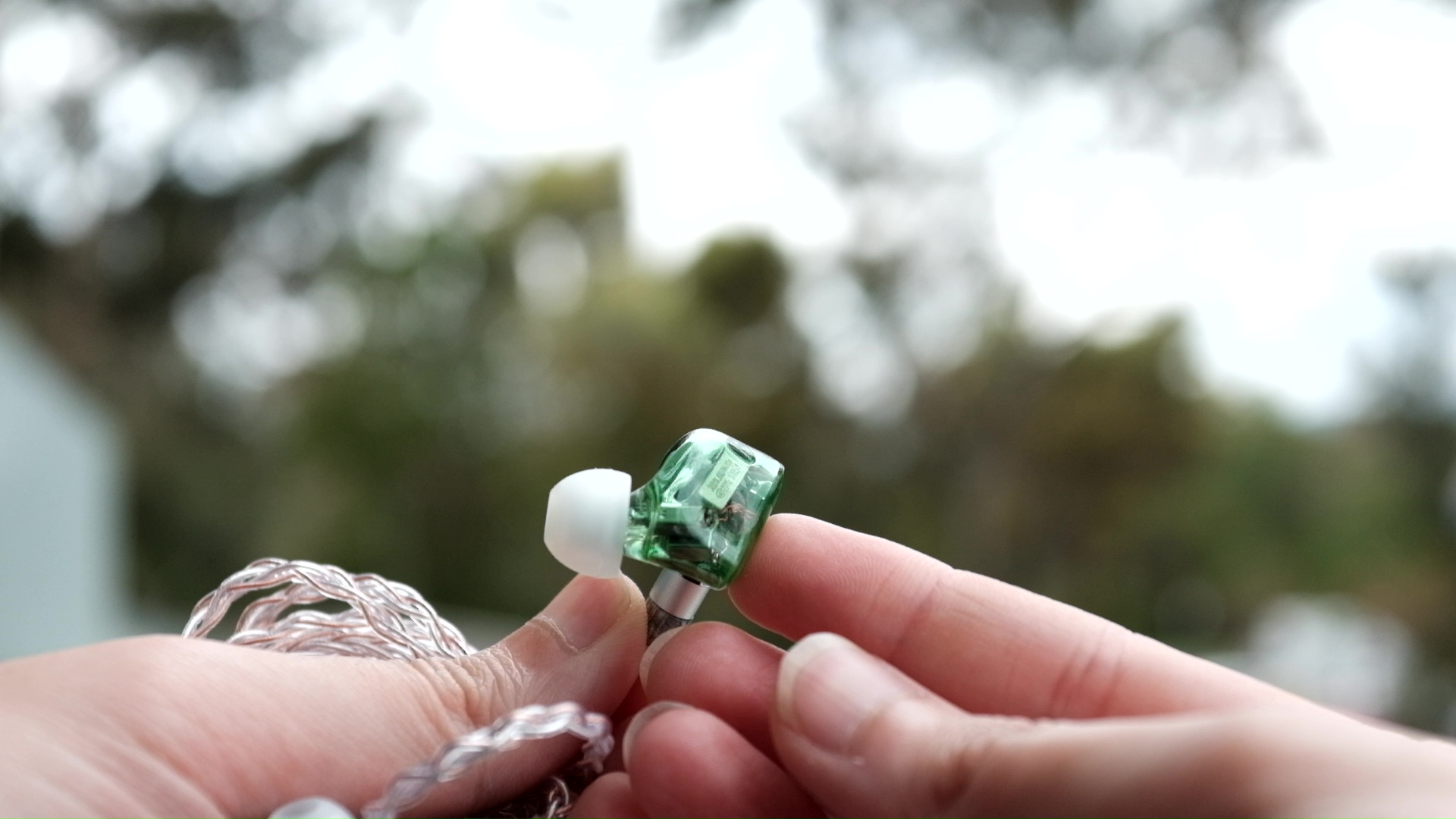

Turbo feature transparent and hollow acrylic shells similarly to handmade custom IEM (CIEM). The construction of the earpieces looks and feels better than the hollow injection moulded shells used by many budget IEMs. At the same time, it is lighter than the dense 3D printed shells increasingly used by mid- and high-end IEMs with multiple drivers. Interestingly, there are pressure release vents on the earpieces.
Similarly to most handmade CIEM, Turbo have acrylic moulded nozzles rather than standalone metal nozzles. The nozzles of Turbo are medium in both length and width, with lips to prevent the eartips from falling off.
Subjective Experience
As usual, we start our discussion of the subjective experience with fit and comfort. Thanks to the small and light shells and medium nozzles, Turbo is a very comfortable IEM. For this kind of IEM shells, your comfort would depend solely on your choice of eartips. I settled for CP100 ear tips in medium size. With this combination, I achieved great comfort in long listening sessions.
How does Turbo sound?
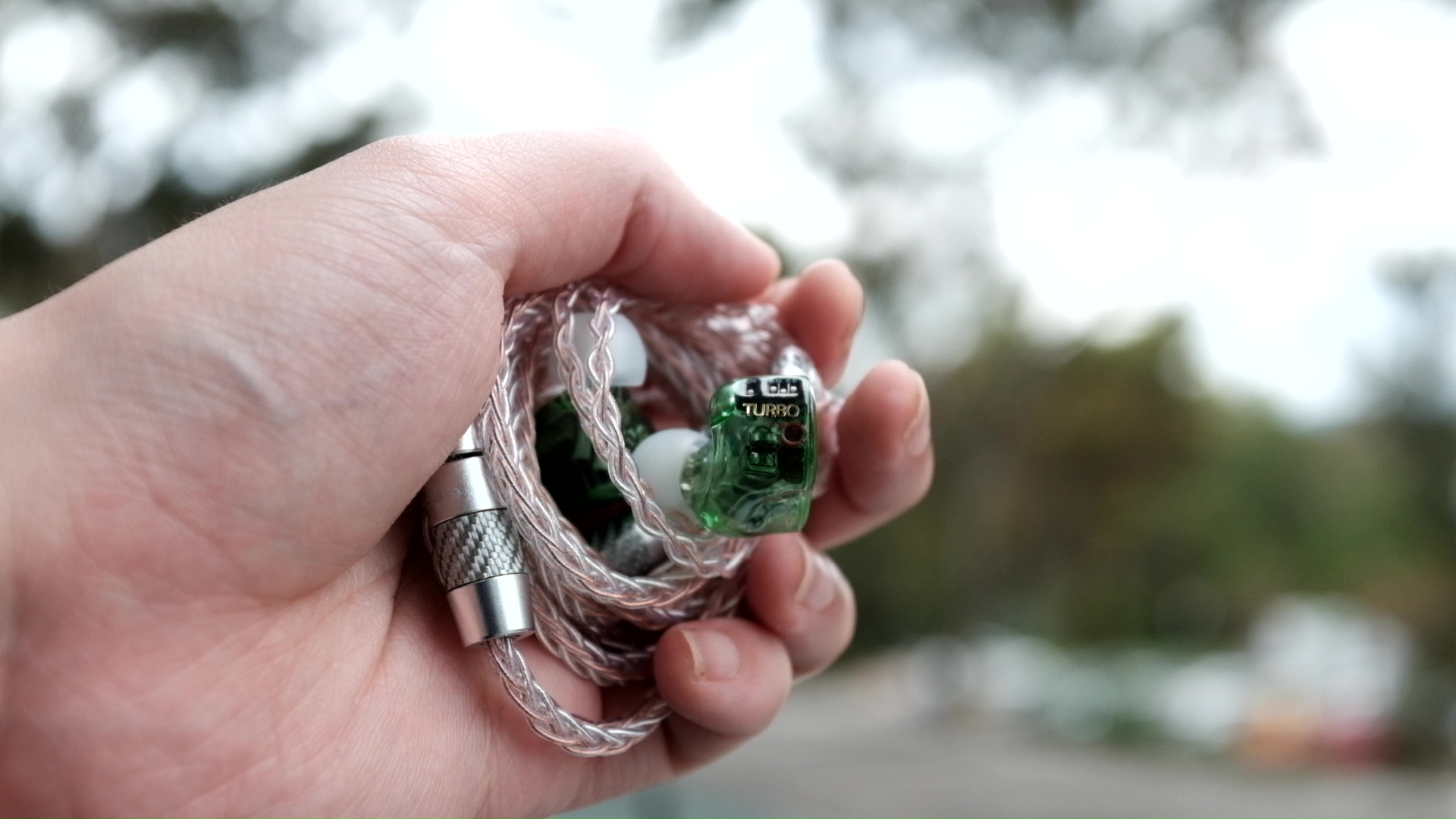
Before going into details, it’s important that we discuss about the tuning system of Turbo. The system comprises 4 switches, including 1 standalone “turbo” switch and 3 switches labelled from 1 to 3. In this article, I will use the text string 0-000 to denote a switch combination (0 means off or down). Even though there are 4 switches, there are only 5 sound signature:
- TURBO bass (1-xxx): The bass dominates the entire frequency spectrum. The bass boost extends well into the midrange. I don’t find this signature to be usable.
- MOAR bass (0-1xx): The preferred signature as per Penon’s website. Coincidentally, I also prefer this signature. The bass is noticeably boosted in this configuration, though the tonal balance is not as off as the TURBO mode.
- Above neutral bass (0-01x): This signature aligns with many “neutral-with-bass-boost” IEMs. The bass is balanced against the upper midrange.
- Below neutral bass (0-001): In this signature, the tonality leans toward upper midrange, though the bass is not completely absent.
- Where is the bass? (0-000): Penon declares this signature “invalid.” Still, I think it would appeal fans of Etymotic studio reference response.
You might ask: “how come there are only 5 signatures instead of 16?” I’ll show you when we look at the frequency response of this IEM. Before that, let’s talk about how Turbo sound by analysing some test tracks.

The first test track was “Now We Are Free” performed by 2Cellos. Why this track, you might ask? I picked this track because it is a nightmare for most IEMs with warmer sound signature: the combination of two cellos and the the cello section of the orchestra can quickly “clog” up the lower frequencies and collapse any illusion of separation and details. Turbo does a good job, though not perfect, with this track. From the first note of the cellos, I was immediately satisfied by the rich and rather pleasing tonality of the cellos. The success in tonality can be found in other instruments in the orchestra as well. Turbo also showcases good instrument placement, particularly the depth contrast between closer and further away sounds, such as the contrast between the cellos at the front and violins at the back at around 1:20 mark.

Where Turbo faltered was the instrument separation. For example, around the 2:00 mark of the track, I found myself subconsciously hold my breath because I needed to focus harder to try and separate the increasingly congested midrange. On the plus side, other warm IEMs in my collection, such as the Symphonium Meteor and the Campfire Audio Andromeda 2020, suffer as much as Turbo, if not more. The only way to avoid this congestion entirely seems to rely on a change in frequency response. For instance, by slightly reduce the energy in the lower-midrange region, AFUL MagicOne can cruise through this track without any congestion.
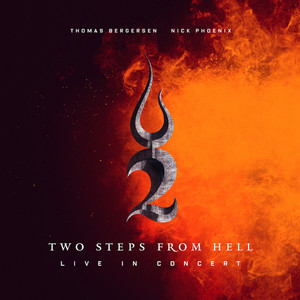
Since Turbo’s calling card is the bass, the focus for my next analysis was bass response. The test track for this analysis was “Victory” from the live performance by Two Steps from Hell. Turbo does an excellent job at the placing the audience’s cheers at the beginning of the track, creating a realistic sensation as if the sound is located around in the room, around me. On this aspect, Turbo does as well as the soundstage specialist Andromeda 2020.
The bass line of Turbo has satisfying thickness, rumble, and decay. To use a more vague term, I would say the Turbo can “slam.” My only criticism here is that the bass notes lack a sharp and clean leading edge. It means that if you prefer your bass to sound snappy and “fast,” you might find the bass to be slightly blunted. However, the bass of Turbo is still carried by BA woofers and thus is never as gooey and “slow” as a less-than-ideal dynamic driver implementation.

Another surprising win for Turbo is the resolution. Simply put, this IEM can pull good details in the midrange. For instance, the vocals around 02:30 mark can match, if not outright exceed, the level of details, textures, and nuances revealed by the Andromeda 2020. One would expect that this level of performance is commonplace in 2024, yet I have rarely seen it, and thus I am quite impressed.

For the last track, we analyse the vocal performance of Turbo by listening to “Can’t Help Falling In Love” performed by Pentatonix. This analysis is rather simple. Turbo renders all vocals with a pleasing and slightly warm tonality. Again, this IEM trades blow with the Andromeda 2020 in terms of the separations of the voices and the texture and nuances within each voice. In a direct A/B test, I found Turbo to comfortably out-resolve the AFUL MagicOne, one of my favourite IEMs with strong technical chops.
Frequency Response Analysis
Frequency response of Turbo (0100) against the Kinera Phoenixcall and Harman in-ear target. Graphs are aligned at 500Hz. Measurements were done with an IEC-711-compliant coupler and might only be compared with other measurements from this same coupler. Visit my graph database for more comparisons.
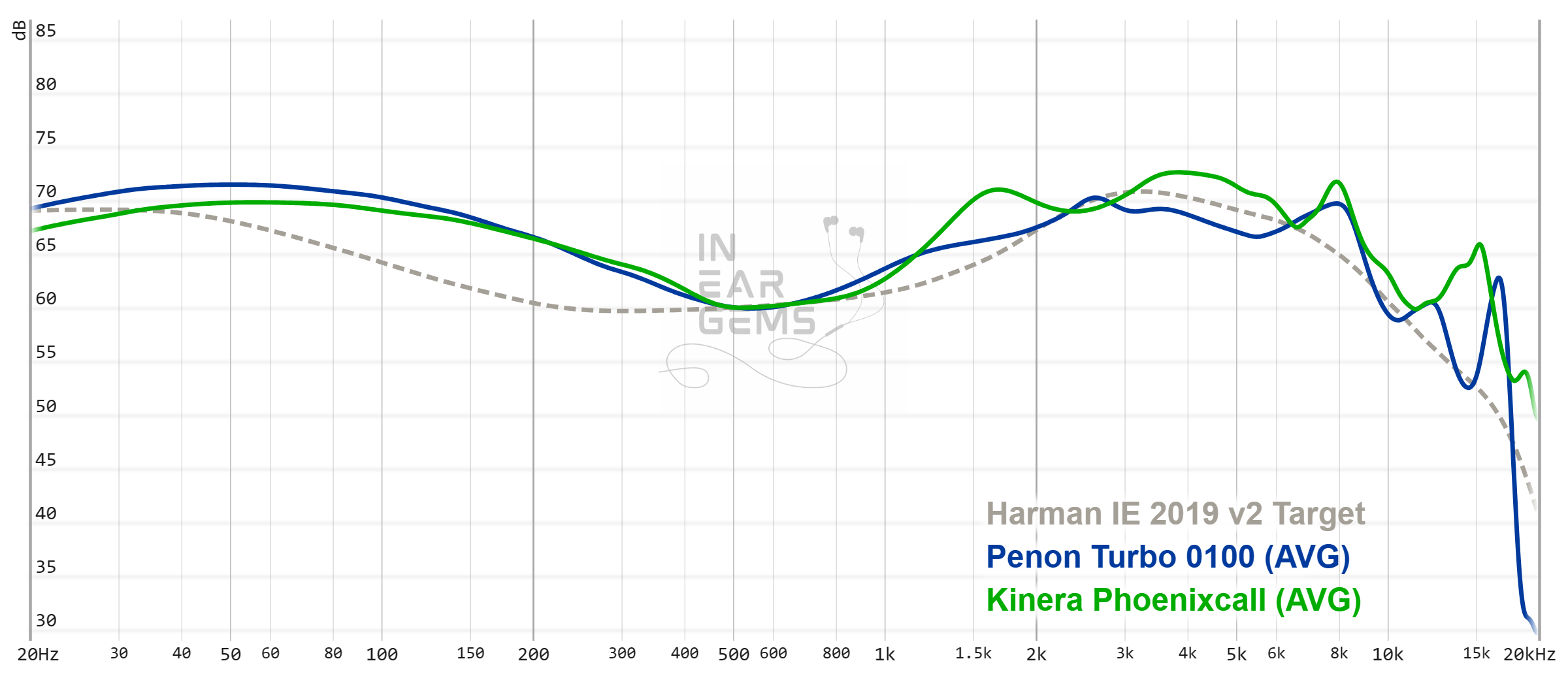
It is helpful to think of an IEM as a filter that highlights or subdues different parts of the incoming audio signal. This effect can be measured objectively by the squiggly lines above, called Frequency Response (FR) graphs, which measure how loud an IEM is at different frequencies from 20Hz (bass) to 20kHz (upper treble). Subjectivity is how your ears and brain interpret the effect of that filter on your music and decide whether it is “enjoyable.” There are some “rules of thumb” when it comes to tonality, but most interesting IEMs usually bend the rules masterfully.
As the subjective listening experience suggested, Turbo is a V-shaped IEM that can have anywhere from substantial to unreasonable amount of bass. Interestingly, the frequencies from 500Hz up are quite cleverly tuned. There is a subtle boost from around 1kHz to push the midrange forward, avoiding it from being buried under the mountain of bass. At the same time, Penon ensured that the ear-gain compensation peak of Turbo is placed at the right place, just above 2.5kHz. This tuning choice ensures that the midrange of Turbo sounds natural with just enough “bite.”

The treble was also cleverly done. As suggested by most objective target, Turbo gently rolls off the treble after the upper midrange peak. However, the IEM does maintain an adequate energy level around 8kHz region to ensure that the transients sound crisp.
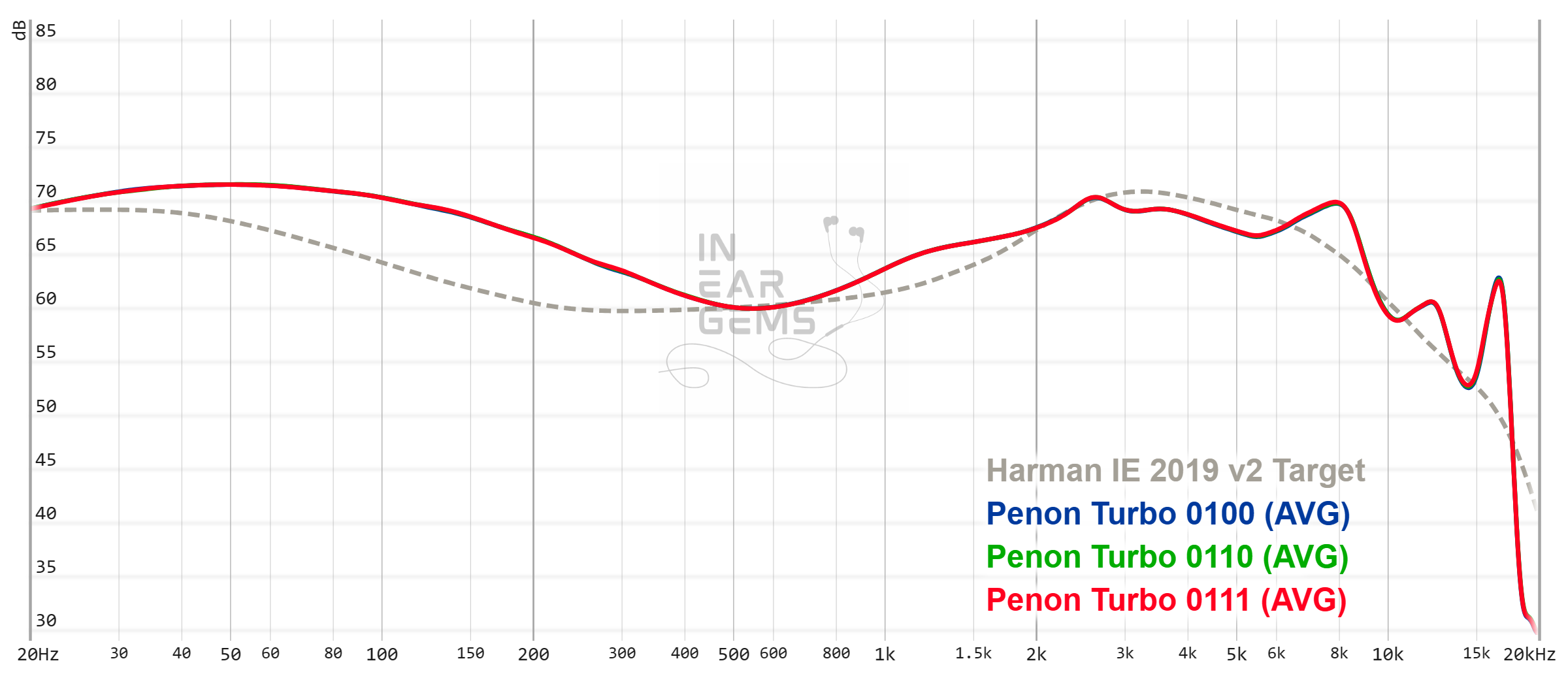
Why do 4 tuning switches create only 5 signatures? I guess I owe you a proof. Above is the frequency response measurements of three switches configurations (0100, 0110, 0111), measured with the same equipment and configuration. As you can see, there is zero difference. The same situation can be found with other switch configurations, reducing the total number of signatures to 5. Below is the graphs of all five signatures, aligned at 1kHz.
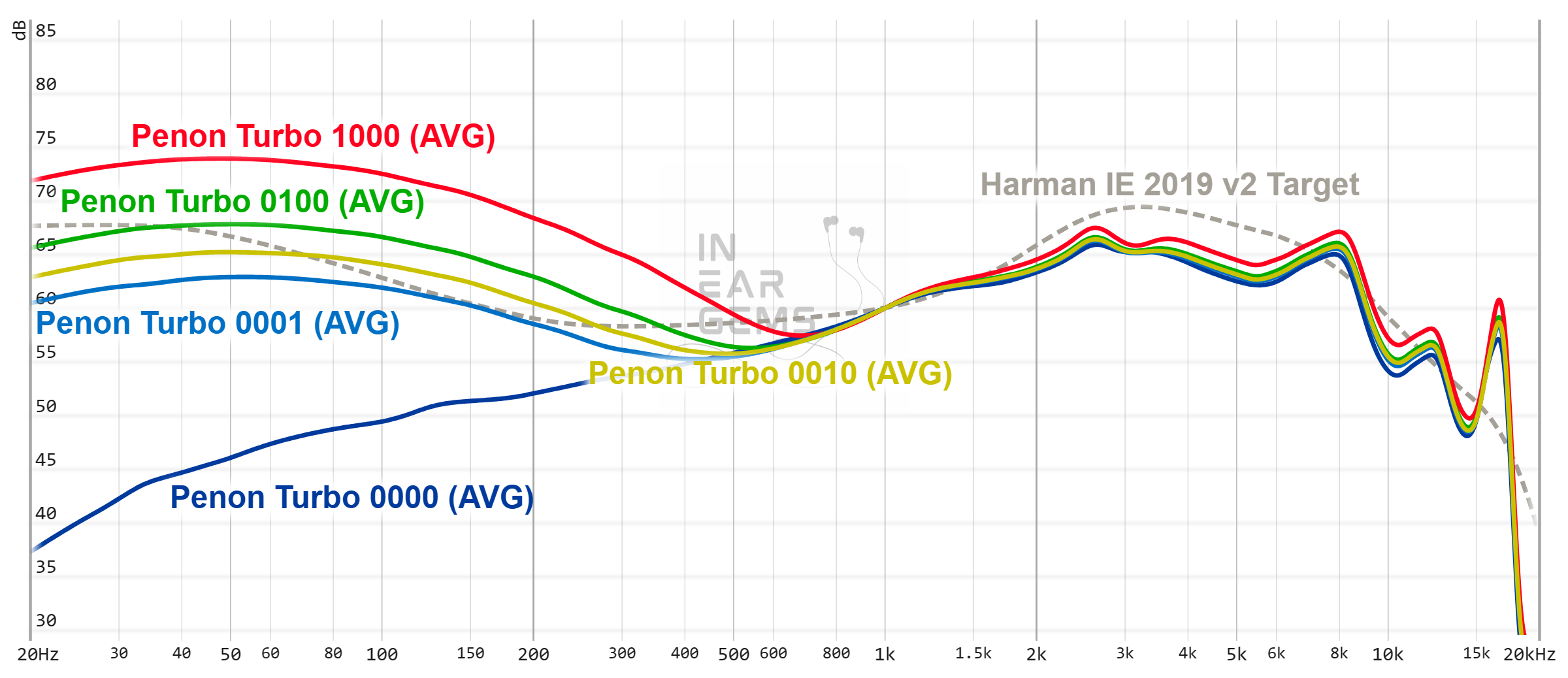
Resolution

Resolution is a fascinating subject due to the difficulty of pinning down what it really is. To me, “resolution” can be broken down into three components: (1) Sharpness, incisiveness, or “definition” of note attacks (see the figure above). (2) The separation of instruments and vocals, especially when they overlap on the soundstage. (3) The texture and details in the decay side of the notes. The first two give music clarity and make it easy to track individual elements of a mix. The last provides music details and nuances. Smooth and well extended treble response plays a crucial role.
As I mentioned in the subjective experience, Turbo trades blow with and, in some cases, out-resolves the Campfire Andromeda 2020, my benchmark for “great” level of resolution. In fact, due to the tuning choice and stronger emphasis in the upper midrange, you might find Turbo sound much clearer than the Andromeda 2020, though the level of details and separation are roughly the same when paying attention. I would consider Turbo to be “great” in terms of resolution (4/5).
Soundstage Imaging

Stereo imaging or “soundstage” is a psychoacoustic illusion that different recording elements appear at various locations inside and around your head. Your brain creates based on the cues in the recording, which are enhanced or diminushed by your IEMs, your DAC, and your amplifier. Some IEMs present a wide but flat soundstage. Some present a “3D” soundstage with layering, depth, and height. In rare cases, with some specific songs, some IEMs can trick you into thinking that the sound comes from the environment (a.k.a., “holographic”)
The theme of great technical performance continues. As I mentioned in the subjective experience, Turbo has the ability to place and layering instruments to keep up with the venerable Andromeda 2020. The Andromeda still has a slight edge in terms of the shape and structure of the stage, though I don’t find that difference to be practically significant. I do wish that the soundstage can be even more open and airy, though I don’t think such a stage can be achieved with the tuning choice of the Turbo. All in all, I consider the soundstage imaging of Turbo to be “great” (4/5)
Rating and Conclusion
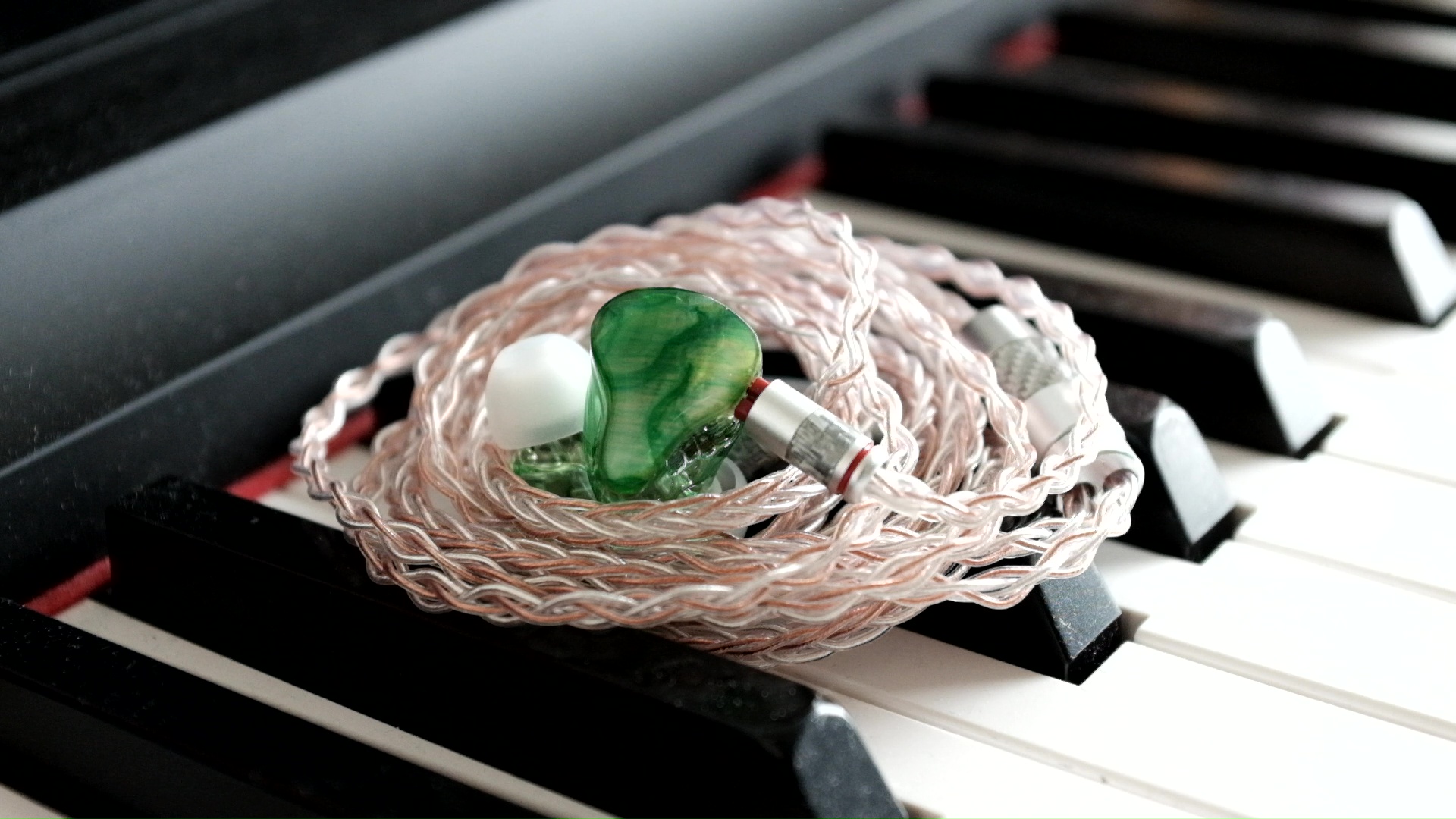
I must admit that I approached Turbo with a fair share of scepticism due to various factors. However, I was pleasantly surprised that not only my scepticism was overturned, my expectations were exceeded. Turbo is a well-crafted, versatile, and technically competent IEM that has been tuned with character. If you are looking for the “next step” IEM, Turbo receives a recommendation from this reviewer.
Absolute Sonic Quality Rating: 4.5/5 (Tonality: 4/5; Resolution: 4/5; Spatial: 4/5; Bass and Dynamic: 5/5)
Bias Score: 4/5 (I like this IEM)
Value proposition: Very high
